Description
The most successful calculus book of its generation, Jon Rogawski’s Calculus offers an ideal balance of formal precision and dedicated conceptual focus, helping students build strong computational skills while continually reinforcing the relevance of calculus to their future studies and their lives.
Guided by new author Colin Adams, the new edition stays true to the late Jon Rogawski’s refreshing and highly effective approach, while drawing on extensive instructor and student feedback, and Adams’ three decades as a calculus teacher and author of math books for general audiences.
View more
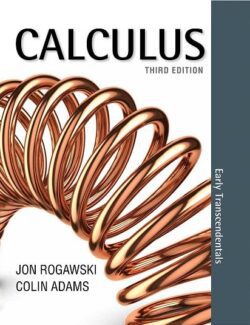
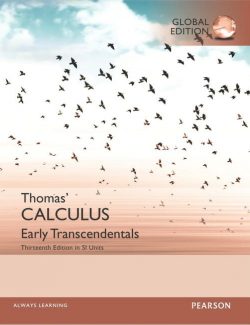
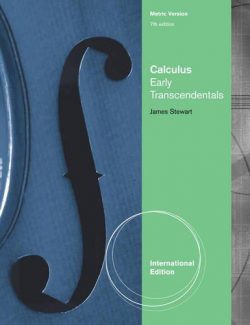
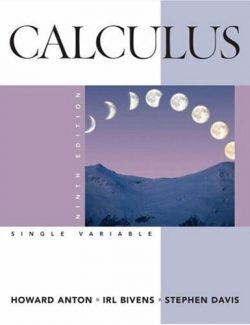
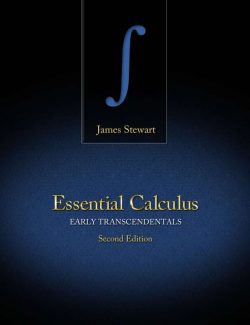
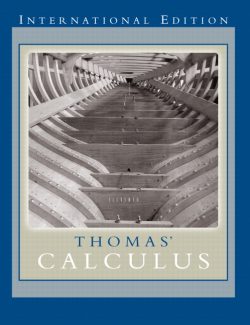
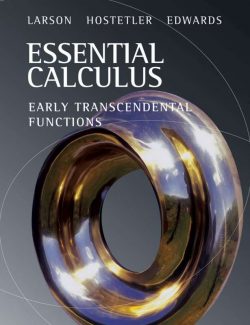
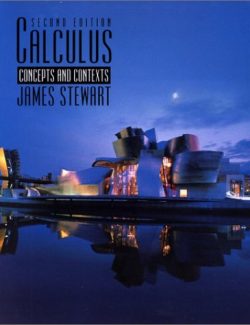
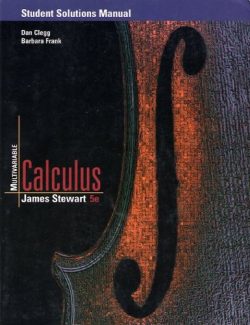
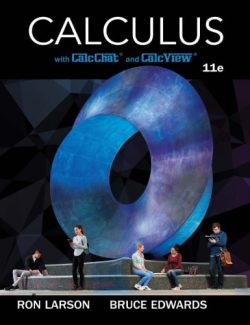
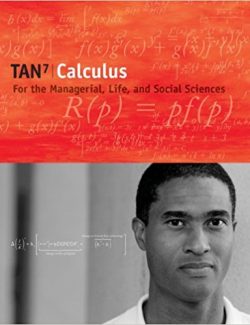

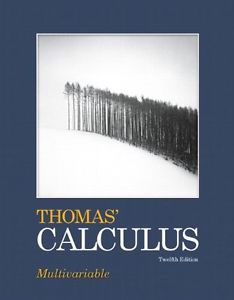
Leave us a comment
No Comments